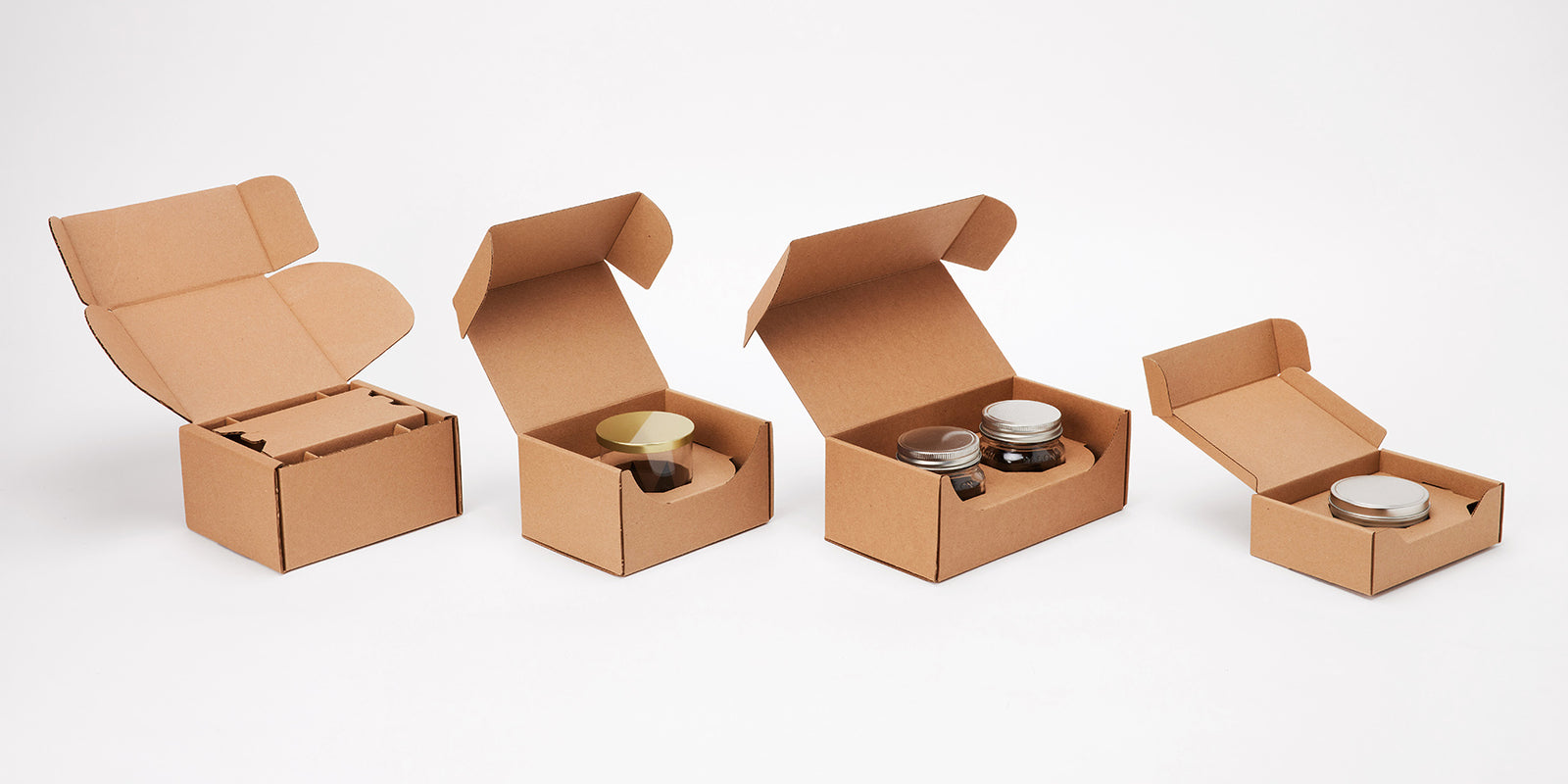
Box packaging has been a fundamental element of commerce and trade for centuries, serving as a protective covering for products during transportation and storage. However, in the modern era, box packaging has underwent a significant transformation, transcending its effective roots as a powerful tool for branding, marketing, and customer proposal. This article delves into the development of box packaging, exploring its historical significance, contemporary trends, and the strategic role it plays in by using consumer awareness. Bicycles of box packaging can be tracked back to ancient cultures where various forms of containers were used for transporting goods. From simple wooden crates to intricately designed chests, packaging served the primary function of shielding pizza box manufacturer during transit. As trade and commerce evolved, so did the requirement for extremely effective and standard packaging solutions. The Industrial Wave marked a turning point in the history of box packaging. With the advent of mass production, businesses sought standard, cost-effective packaging answers to reduces costs of their operations. Cardboard emerged as a revolutionary material due to its versatility, cost, and easy customization.
The simple cardboard box became the central source of packaging, adjusting the way products were packaged and shipped. As businesses grew and competition become more intense, packaging evolved beyond its functional role as a powerful tool for branding. Companies recognized the potential of box packaging to convey brand identity, values, and messages. Art logos, colors, and distinctive designs became integral components of packaging, adding to brand recognition and recall. In the mid-20th century, the concept of retail packaging gained popularity. Packaging was no longer just a method to protect products but a critical element of the marketing mix. The rise of consumerism and the advent of supermarkets enhanced benefit of eye-catching packaging to influence purchasing decisions. Boxes became a canvas for artistic expression, with product packaging considered a representation of a brand’s personality. The latter the main the twentieth century witnessed an expanding knowing of environmental issues, leading to a shift in consumer preferences and industry practices. Sustainable packaging became a key concern as consumers demanded eco-friendly alternatives. Cardboard boxes, being recyclable and biodegradable, gained favor as an green responsible choice.
In respond to this shift, businesses started incorporating eco-friendly practices into their packaging strategies. The use of recycled materials, minimal designs, and eco-conscious messaging became prevalent. Brands began profiting box packaging not only to enhance their image but also to line-up with consumer values related to sustainability. The 21st century caused be sure you wave that revolutionized consumer behavior and expectations. E-commerce emerged as a principal force, challenging traditional retail models. With products being shipped right to consumers’ doorsteps, the unboxing experience gained significance. Businesses realized the potential of fabricating memorable unboxing moments to enhance customer care and loyalty. Customization and personalization became key trends in box packaging. Brands started offering personalized packaging options, allowing customers to choose colors, add custom messages, or even include their names on the boxes. This not only contributed to a unique customer experience but also fostered an awareness of connection between the consumer and the brand.
Advancements in technology further transformed box packaging. Augmented reality (AR) and QR codes started making appearances on packaging, providing consumers with interactive and engaging experiences. Brands began using packaging as a gateway to digital content, enhancing the overall customer journey. Smart packaging, equipped with receptors and RFID technology, allowed real-time tracking and monitoring of products. This not only improved supply archipelago visibility but also added a layer of authenticity and openness to the brand-consumer relationship. The integration of technology into box packaging opened up new possibilities for marketing, storytelling, and customer proposal. From its simple inception as a effective necessity, box packaging has evolved into a complex tool that influences consumer awareness, supports branding efforts, and enhances the overall customer experience. Even as navigate the dynamic landscape of commerce and technology, the role of box packaging will continue to change, presenting new opportunities for innovation and creativity. As businesses strive to create a lasting impression on consumers, the box packaging that once served as a simply protective covering has become a potent symbol of a brand’s identity and values.